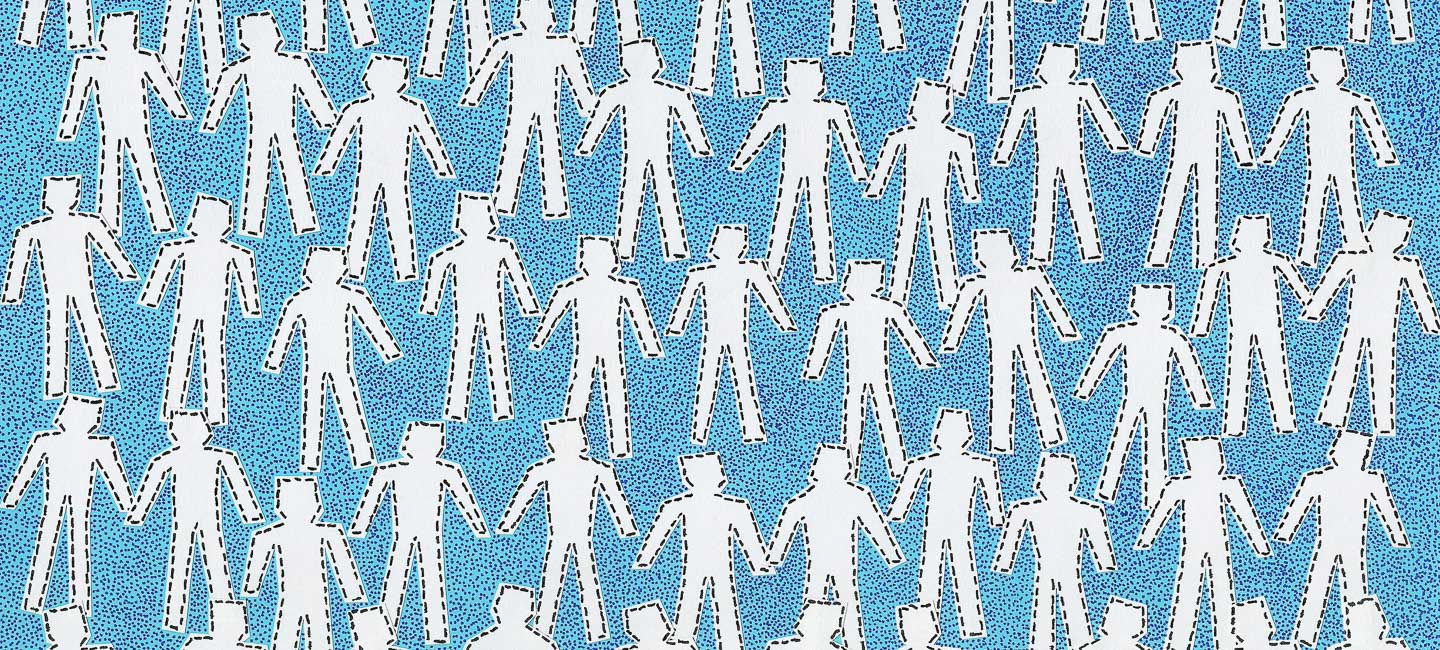Cancer Survivors Predicted to Top 22 Million by 2030
More and more Americans are surviving cancer, and the number is expected to grow even larger in the next decade.
There were more than 16.9 million Americans with a history of cancer at the beginning of 2019. A new report from the American Cancer Society predicts that number will climb to more than 22.1 million by 2030, thanks to advances in treatment and early detection.
The report defines “cancer survivor” as someone with a history of cancer, from the time of diagnosis through the remainder of their life.
However, as the cancer survivor population continues to grow, there are many challenges survivors and their family members have to overcome, such as long-term physical and emotional effects of treatment, financial barriers and a lack of resources to help them transition from oncology care into survivorship care.

Dr. Smitha Pabbathi
“Cancer survivors are at risk for poor outcomes following active treatment,” said Dr. Smitha Pabbathi, director of Moffitt’s Survivorship Clinic. “We want to position our survivors to have the best quality of life possible. We want to give them strategies to manage physical and psychosocial changes so they can continue to thrive after completion of treatment.”
To help do that, Moffitt’s Survivorship Clinic launched Survivors Overcoming and Achieving Resilience, or SOAR, in the fall of 2018. The eight-week interactive workshop for breast cancer survivors is funded by a Florida Breast Cancer Foundation grant and teaches participants how to transition from active treatment and promote a healthy lifestyle through yoga, meditation, stress management, nutrition and exercise.
The Survivorship Clinic also began a new initiative in 2017 to provide survivorship care plans to eligible patients. The care plan is a summary of a patient’s treatment combined with recommendations and guidelines for monitoring and maintaining their health that can be shared with a primary care physician to help streamline care.
According to the American Cancer Society report, two-thirds of survivors are 65 and older, with nearly 66,000 survivors under the age of 14 and about 48,000 between 15 and 19 years old. The most common cancers among male survivors are prostate and colon cancers and melanoma. Among female survivors they are breast, uterine and colon cancer.



